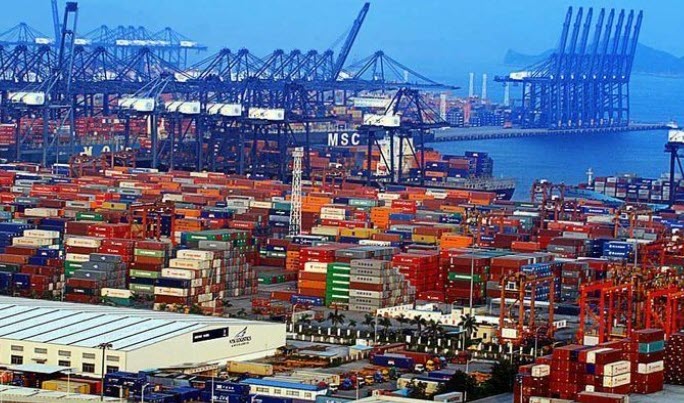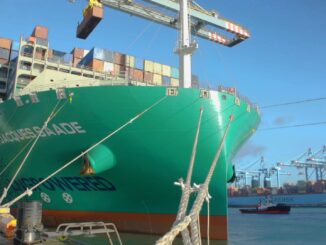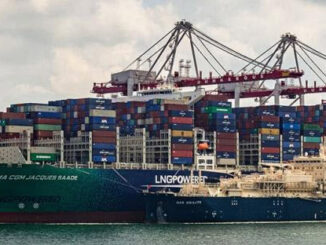
Singapore, 21 December (Argus) — After having to adjust to both the Covid-19 pandemic and implementation of the global 0.5pc sulphur cap on marine fuels, the marine industry is now shifting its attention to accommodating the International Maritime Organisation’s (IMO) greenhouse gas (GHG) strategy.
The IMO’s goals consist of reducing carbon emissions in the maritime sector by 40pc by 2030 and by at least 50pc by 2050, from 2008 levels.
LNG is the most mature and scalable of all alternative fuels because of its abundant availability at key ports and well-understood properties. LNG emits 10-20pc less CO2 than very low-sulphur fuel oil (VLSFO) and produces almost no nitrogen and sulphur oxides compared to conventional bunker fuels.
Singapore, which accounts for one quarter of global bunker sales, has adopted various policies that will allow it to transform into an LNG bunkering hub. The city-state will offer ship-to-ship bunkering by the end of 2020 and will open a dedicated LNG bunkering facility by late 2021. The Maritime and Port Authority (MPA) provides vessels calling at Singapore with various incentives to use LNG, such as port dues concessions and co-funding for the construction of LNG-fuelled bunker tankers.
Singapore also plans to license more LNG bunker suppliers besides Pavilion Gas and FueLNG. It has additionally signed initial agreements with various ports around the world to drive the adoption of LNG as a bunker fuel and exchange best practices.
The South Korean government is also promoting LNG bunkering by encouraging the development and distribution of “environmentally friendly” vessels. The country plans to order 140 LNG-powered vessels over the next six years in a bid to boost its shipbuilding industry. South Korea’s state-owned LNG importer Kogas said in September 2018 it would invest 1 trillion won ($890mn) by 2025 in LNG and hydrogen fuelling bunkering projects.
Japan sees LNG accounting for 30-35pc of the global bunker mix by 2050, according to its ministry of land, infrastructure, transport and tourism. The Tokyo and Nagoya ports are enjoying subsidies to expand their LNG bunkering capabilities, and more subsidies are being discussed. Several LNG-fuelled vessels have already launched, and some shipowners are considering LNG for new builds or retrofits.


